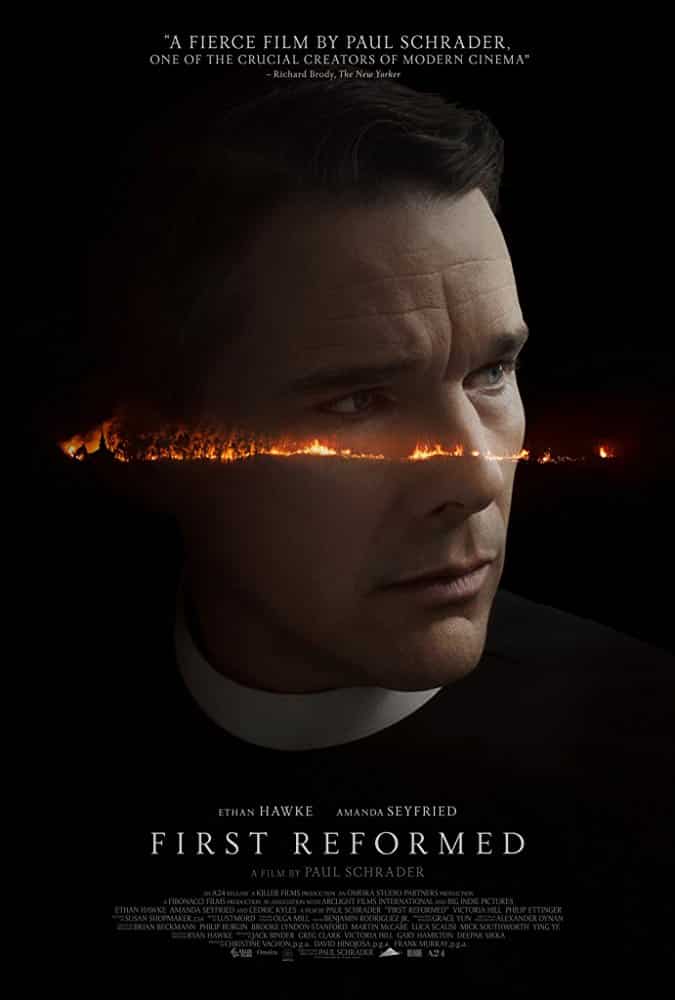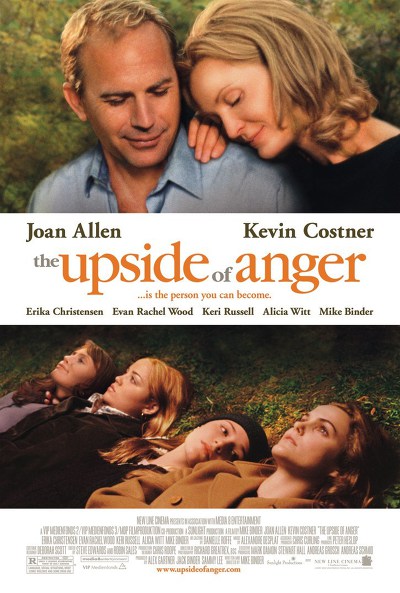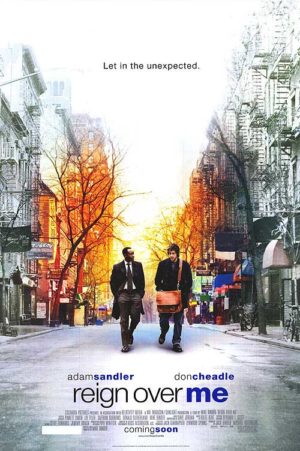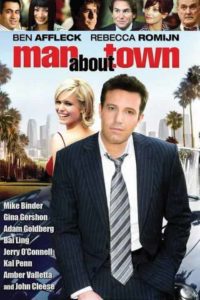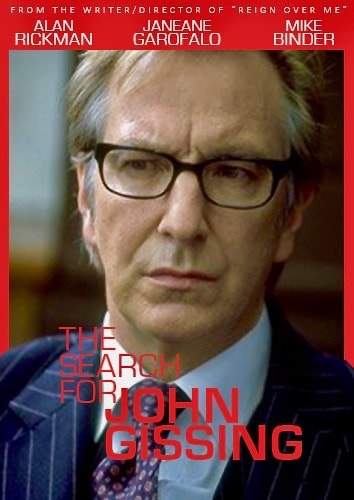PATRICK CANNELL – EVOLUTION OF A SCORE: THE TRAITOR
Back in December 2016, I was asked to jump onboard a new ship that had taken a rather sudden and drastic change of course.
A Ukrainian feature with a film budget of $1M attempted to depict the horrific events of the Russian occupation of Ukraine during the 1920s. The producers had summoned a renowned Ukrainian movie director in his late seventies to direct the picture, despite the fact that he hadn’t made a film in over 25 years. To the producers significant dismay, after a great deal of time and 80% of the film budget spent on this extravagant production – horses, battle scenes, vintage war vehicles, etc – they realized this was an unexpected sinking ship that they could not keep afloat.

Composer Patrick Cannell’s journey scoring ‘The Traitor’
The producers then asked if Bangkok-based American director Mark Hammond could save the ship from sinking. Nope. But after he encountered an alluring young Ukrainian actress, he came up with the idea to take the remaining $200,000 and create an entirely new feature, a drama/thriller, utilizing the best of the already shot 1920s footage:
1971. Odessa Film Studio, USSR. To conform to Communists Party revisionist propaganda, the KGB studio curator orders a re-edit of a recently completed film, directed by the studio’s iconoclastic star director, depicting the events of Ukraine 1920s ‘civil war.’ The re-editing work is entrusted to a young female editor, a recent graduate of the Moscow Film Institute. However, as her work progress, she comes to understand that despite the risks she must betray the Party to protect the director’s vision, and safe-guard the truth about her country under Soviet Occupation.
They shoot this new beast, and now we’re in December 2016. Time is of the essence, per usual. Mark, with whom I’ve worked before on a few projects, asks if I can bang out the score to this 90 min picture in a matter of days. If there’s a will, there’s a way.
I had 4 days with Mark and Andriy Suyarko, one of the producers, at my lab in Brooklyn, NY.
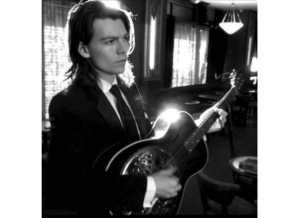
The first day, we went through the film. We agreed that live instrumentation was crucial to match the caliber of the visuals and sincerity of the drama. Cello, harp, bassoon. I scheduled a recording session at a larger studio nearby for the fourth day.
The second day I came up with a theme. It was time to elaborate on that theme and flesh out the score until the recording session some 48 hours later.
Fourth day – recording the main theme as I wrote it, letting musicians run wild with that theme, experiment freely based on scene and mood descriptions, and finally, playing the most cacophonous, aggressive, violent sounds possible on a cello, harp and bassoon that I would later affect for specific ethereal nightmare scenes.
I then took the goodies from this recording session and sprinkled them, weaved them, mixed them, distorted them, chopped them and built around them with electronic and orchestral sample libraries to produce a score worthy of serving the picture.
A week or so later, I recorded the cellist again along with a female vocalist to enhance certain scenes.
I then realized we had to start the opening montage off with a bang so I got some talented chaps into the same space to bring us into the 1970s with a bit of a modern twist:
Composer Patrick Cannell creates the score for ‘The Traitor’
Had $2,000 for the score from a challenging movie budget. Spent that plus a few hundred out of pocket. Well worth it.
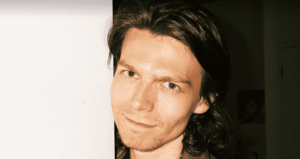
Film, TV and Commercials Composer Patrick Cannell
Patrick Cannell is a working film, television and commercials composer based out of New York City. Patrick remains a much in demand talent due to his natural ability, quality compositions and his independent spirit in approaching new projects.
Contact Patrick Cannell: www.PatrickCannell.com
Follow Patrick:
Instagram: @patrick_cannell
Twitter: @patrickcannell
(c) 2018 FilmBudget.com
